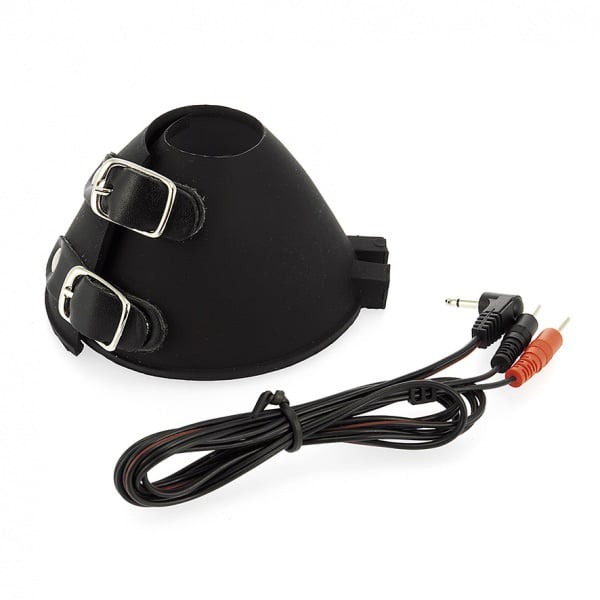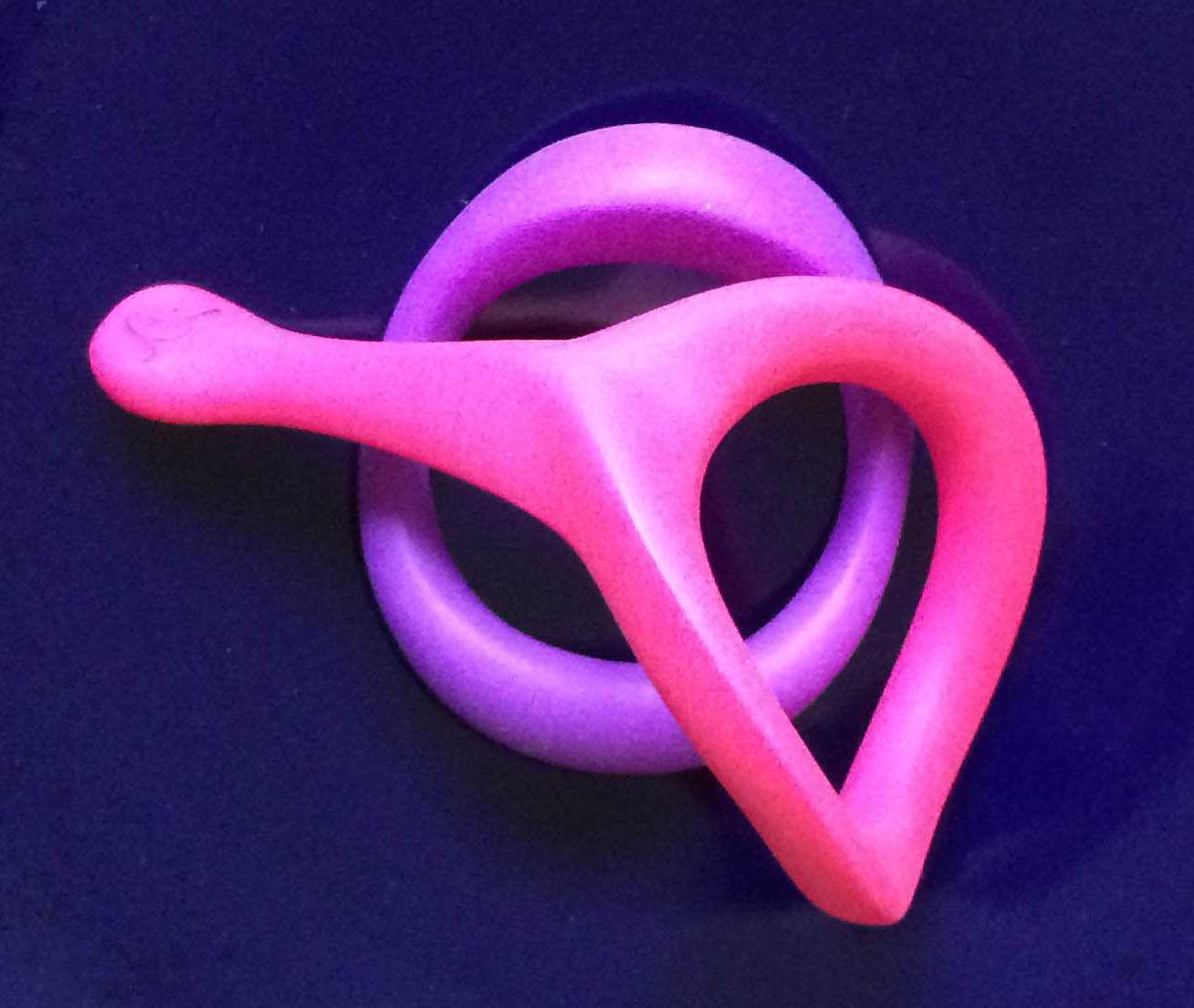The world of collectible items has always been diverse and fascinating, encompassing everything from rare coins to vintage comic books. Among these eclectic collections, the best silicone sex dolls have emerged as an increasingly popular choice. Though they might conjure ideas of intimacy for some, silicone sex dolls are much more than adult toys; they are works of art, exemplifying a blend of advanced technology and craftsmanship. Their appeal to collectors can be attributed to an array of features that set them apart from other materials and make them a distinct addition to any collection.
Realistic Touch and Appearance
One of the pivotal reasons collectors gravitate towards silicone sex dolls is the material’s capability to mimic human skin with an astounding degree of realism. Unlike other materials such as plastic or rubber, silicone is soft and elastic, providing a life-like touch and feel. This realism is of paramount importance for collectors who appreciate attention to detail and the tactile experience offered by their acquisitions. The lifelike appearance and texture enhance the dolls’ authenticity, making them a unique piece in any collection.
Durability and Longevity
Furthermore, silicone is incredibly durable and long-lasting, an essential factor for collectors seeking investments that maintain their value over time. Silicone can withstand temperatures, resist tears, and recover its original shape after being stretched. This robustness ensures that dolls remain in pristine condition, which is crucial in preserving their aesthetic value and appeal. Collectors pride themselves on maintaining their collections in the best possible shape, and silicone sex dolls offer this reliability.
High-Level Customisation
Another quality that pushes silicone sex dolls up the ranks of collectible items is the level of customisation they offer. Collectors relish the ability to personalise, making each doll unique to their collection. Accessories, clothing, wigs, and even facial features and body types can often be chosen according to individual preferences. This customisation enables collectors to curate dolls that align with specific themes or styles, enhancing the personal significance and visual harmony of their collection.
Artistic Craftsmanship
Additionally, the artistry that goes into crafting silicone sex dolls cannot be overstated. The process involves skilled artisans and precise technology to capture nuanced details, such as facial expressions and body contours. The meticulous craftsmanship not only adds to the doll’s realism but also elevates it to an art form. Collectors with an appreciation for fine art recognise this, viewing each doll as a unique sculpture that captures the essence of human beauty and creativity.
Creative Expression Through Photography and Storytelling
Silicone sex dolls also offer a non-traditional way for collectors to engage with their hobby through photography and storytelling. Many collectors enjoy photographing their dolls, creating scenarios or stories, and sharing these with fellow enthusiasts online. This aspect of storytelling through imagery allows for a creative expression that other collectible items may not offer. The community that has developed around silicon sex dolls is vibrant and supportive, allowing collectors to connect over shared interests and appreciate the varied dimensions these dolls provide.
Community, Passion, and Personal Connection
Finally, collecting silicone sex dolls isn’t solely about acquiring objects; it’s about community, passion, and expression. These dolls embody a unique convergence of technology, art, and personalisation that resonates deeply with collectors who see them as much more than their primary function. For many, these dolls represent a melding of innovation and tradition, providing both a connection to human artistry and a promise of the future possibilities within the hobby.
In conclusion, the allure of silicone sex dolls to collectors is multifaceted, intertwined with their realistic feel, durability, personalisation options, artistic merit, and community engagement. As this niche continues to evolve, it will likely attract new collectors who value these qualities and seek to expand their collections in intriguing and inspiring ways.








